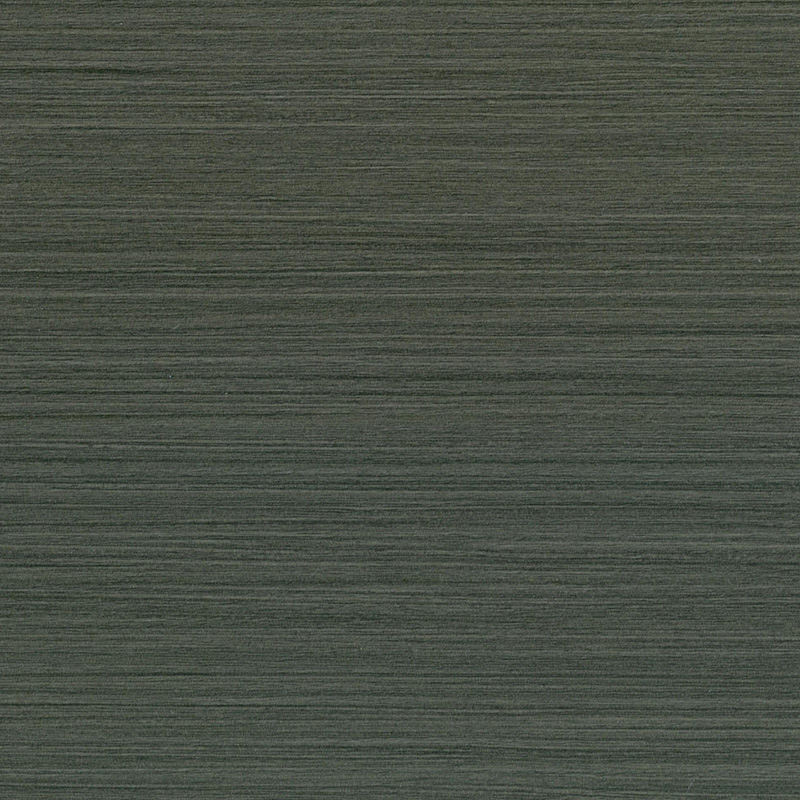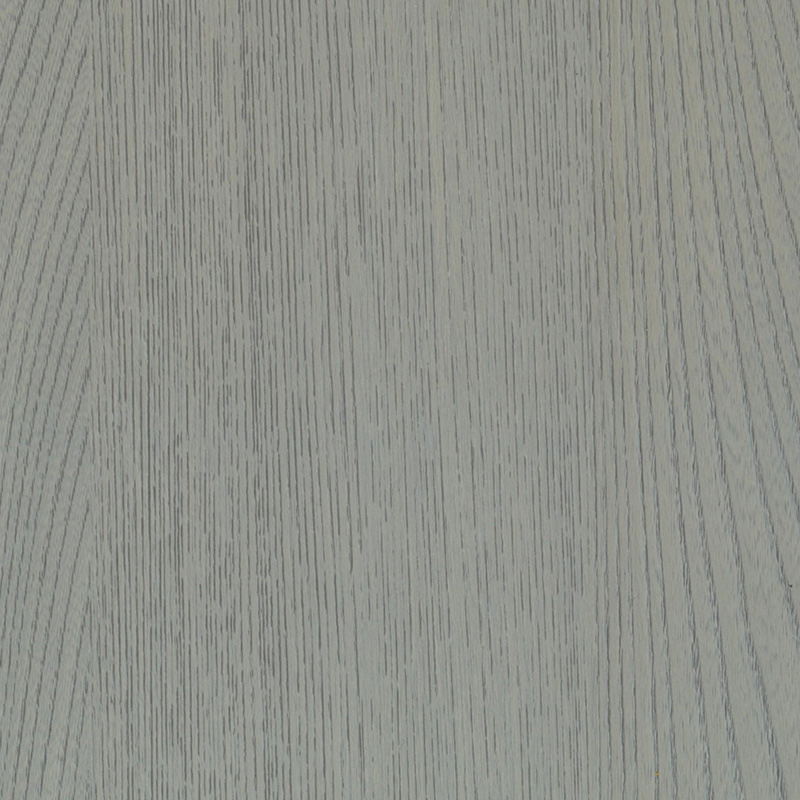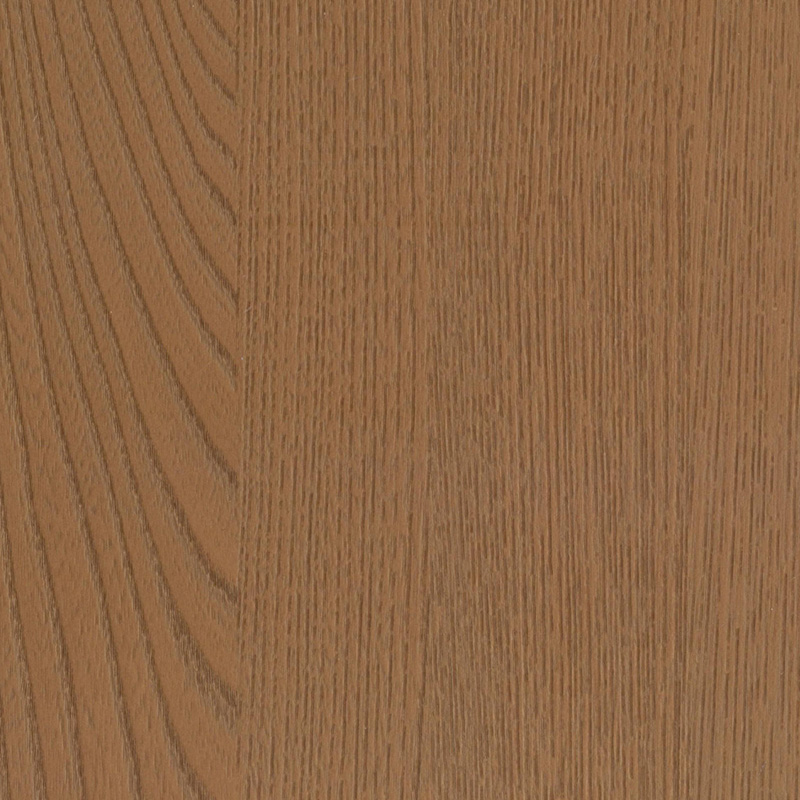Acoustic Benefits of Using Sound Membranes Under Hardwood Floors
Hardwood floating floor sound membrane is a specialized layer used beneath floating hardwood flooring systems to reduce impact noise, structure-borne sound transmission, and provide minor subfloor leveling. This underlayment product plays a significant role in enhancing the acoustic comfort of interior spaces, particularly in multi-story buildings, condominiums, and commercial offices where footfall noise and echo control are relevant design considerations.
The sound membrane for hardwood floating floors is typically manufactured from resilient, flexible materials such as cross-linked polyethylene foam, rubber, or cork composites. Some variants may also incorporate recycled content or layered constructions to balance performance and sustainability. The membrane usually comes in roll form and is installed directly over the subfloor, creating a cushioned base for the hardwood flooring panels.
The membrane's structure is engineered to compress slightly under pressure, absorbing energy from footsteps and other impacts. It also acts as a buffer between the rigid flooring panels and the subfloor, reducing direct contact that can transmit sound vibrations.
A major function of the sound membrane is to small both impact sound and airborne noise. Impact sound, such as footsteps or dropped objects, travels through the floor into adjacent rooms or lower levels. The membrane helps to isolate and dampen these vibrations, lowering perceived sound levels.
Some sound membranes are rated by IIC (Impact Insulation Class) and STC (Sound Transmission Class) values, providing measurable indicators of acoustic performance. Although the membrane itself does not eliminate sound, it significantly contributes to reducing noise transmission, especially when combined with appropriate floor construction and installation practices.
Floating hardwood floors, which are not nailed or glued to the subfloor, rely heavily on underlayments for stability, sound control, and comfort. The sound membrane offers several additional benefits:
Moisture Control: Some membranes include built-in vapor barriers that help prevent moisture from migrating upward into the hardwood planks. This is especially useful when installing over concrete substrates.
Thermal Insulation: The membrane provides a minor thermal break between the cold subfloor and the finished floor surface, contributing to indoor comfort.
Minor Subfloor Irregularity Compensation: While not a substitute for leveling, the membrane can absorb small imgoodions or deviations in the subfloor.
In multi-unit housing such as apartments or townhomes, sound membranes under floating hardwood flooring help improve acoustic privacy between floors. Bedrooms, living areas, and hallways benefit from reduced footstep noise and echo.
Installation is generally straightforward. The membrane is unrolled and laid flat over the clean subfloor, ensuring that seams are tightly joined or taped to prevent gaps. In cases where a vapor barrier is integrated, care must be taken to overlap edges as instructed to maintain moisture resistance.
The hardwood floor panels are then laid on top, either locking together or floating freely depending on the system. The combination of flexible membrane and floating panels allows the floor to expand and contract with environmental changes without compromising sound control performance.
Hardwood floating floor sound membranes offer a practical and effective approach to managing noise in modern flooring systems. Their ability to absorb impact, support thermal and moisture management, and enhance acoustic environments makes them a valuable component in both residential and commercial construction.

 English
English русский
русский Español
Español عربى
عربى Deutsch
Deutsch





